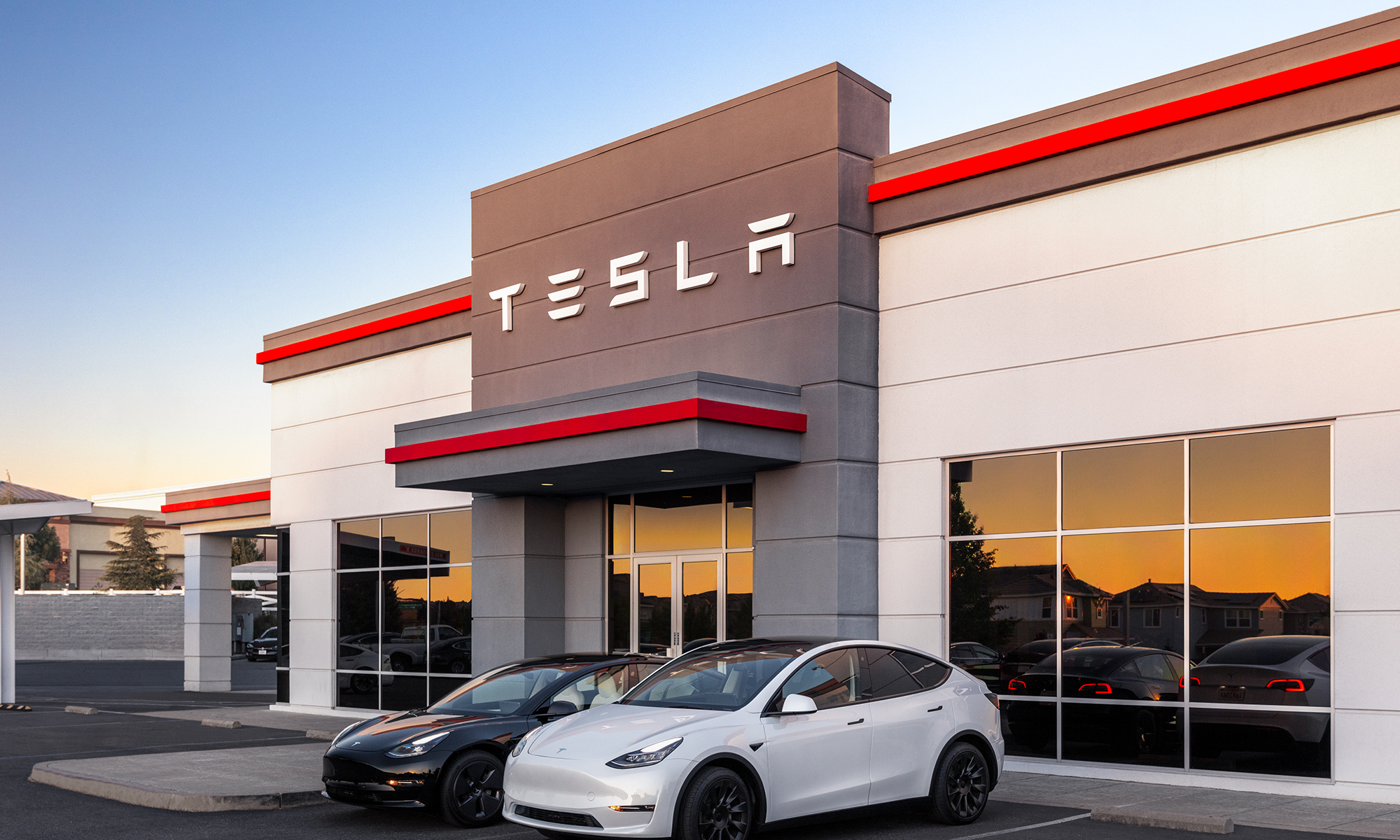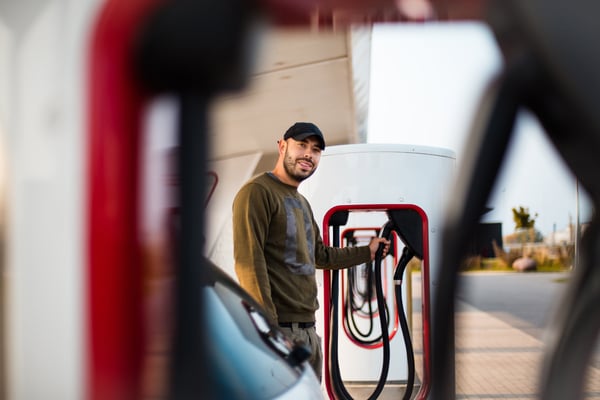Tesla Motors (TSLA 0.16%) CEO Elon Musk had plenty of interesting things to say this week. He wowed Tesla owners by announcing that the company was tripling the number of Supercharger stations, offering drivers free Tesla battery charging options in more locations. He also teased that more details would be forthcoming on his "hyperloop" project that would help transport people faster and cheaper than bullet trains or planes.
However, the one comment that truly turned heads was Musk's forecast -- at both the AllThingsD conference and later on CNBC -- that Tesla will put out a sedan in three to four years that costs half as much as today's Model S.
Tesla now commands an $11 billion market cap after seeing its stock nearly triple in three months. That valuation doesn't seem sustainable for a company putting out a niche car with a $70,000 price tag. For Tesla to go mainstream, it needs to tackle the "range anxiety" fears -- and it's addressing that in part through the Supercharger expansion -- and lower prices.
The original Tesla Roadster cost twice as much as the Model S. Why wouldn't the next car -- outside of next year's Model X, which will run at comparable pricing to the current Model S -- go for half as much?
This could be Tesla's defining moment. Right now, Tesla's Model S is a lot like Apple's (AAPL 0.93%) original iPhone. The consumer-tech giant's first smartphone turned heads in 2007 as the class act in a new product category. However, the $600 price tag was too much for most potential buyers. It wasn't until the iPhone was available for as little as $200 through a subsidized wireless contract a year later that it truly took off. Even that doesn't seem to be enough sometimes, and half of the iPhones selling these days are the older models that retail for $100 and even $200 less with a two-year contract. Even now there's pressure on Apple to put out an even cheaper device so it can cash in on overseas markets, where carriers can't afford to be as generous with the subsidizing.
In any event, Tesla's cool now at $70,000 per car, but it could become ubiquitous come 2016 at $35,000.
However, Tesla has a bigger challenge here than Apple. There are two big questions it will have to tackle on the road to rolling out a half-priced car:
- Will Tesla's prestige diminish with mainstream-priced cars on the market?
- Will potential Model S buyers now hold off on new purchases until they see the new car?
The prestige issue may not seem like such a big deal. Most luxury-auto makers have entry-level lines these days. They have clearly faced Tesla's decision to go for a larger target audience, and it's one that can ultimately result in hundreds of thousands of cars sold, a year as opposed to tens of thousands of cars sold annually now. The trade-off is worth it.
The bigger concern may be that folks hold back. Apple deliberately didn't telegraph its price cuts ahead of time. Even rolling out new products at the same price points can dry up demand for the current model. The problem is also magnified when you go from hundreds of dollars saved by waiting on Apple to tens of thousands of dollars that may be saved by waiting on Tesla.
Thankfully, this isn't much of a problem at Tesla these days. It's coming off a blowout quarter in which it stunned investors with a profitable showing. Orders are coming in faster than Tesla can produce the cars.
This is still a brazen strategy, but it's hard to question Musk these days, when Tesla shares are making "hyperloop" gains.







